
You don't need a high-performance hotship. You don't need to take crazy risks. You just need commitment, a little faith, and a wing you trust. And some of these tips...
Cross country (XC) flying is inspiring and adventurous. In its simplest form, you fly from one place to another. Because it's so exciting when you achieve the impossible, it can be incredibly frustrating when you don't. Why can I never leave the hill? you might wonder.
XC flying is an advanced skill, and it requires a broad foundation of training and practice to be able to do it consistently. You might ping off the hill once and go far. You might be lucky to fly in an area where XC is easy. It might be really hard. In this video I have tried to demonstrate the key concepts of cross country so you can apply the principles to your flying.
Letting go of security (not safety)
The technique for leaving the hill varies with every site. It might not be the best strategy to push into wind: you might be flying a slope facing into the sun, where it would be more likely to ride the thermal back over launch instead of searching out in front.
But the principle remains the same: there's a moment where you must set aside your natural inclination to stay within easy range of your car, and to go exploring, not yet knowing how you are going to get back. This freedom/safety switch will always try to flip back to the security position, drawing you down to the ground whenever the route choices become challenging. This is where having a goal can be useful: it keeps your attention forward, looking for ways to achieve the flight into the distance rather than inventing alternative endings to the day that are more convenient. Even the simple goal of flying 'as far as possible' can do the trick.
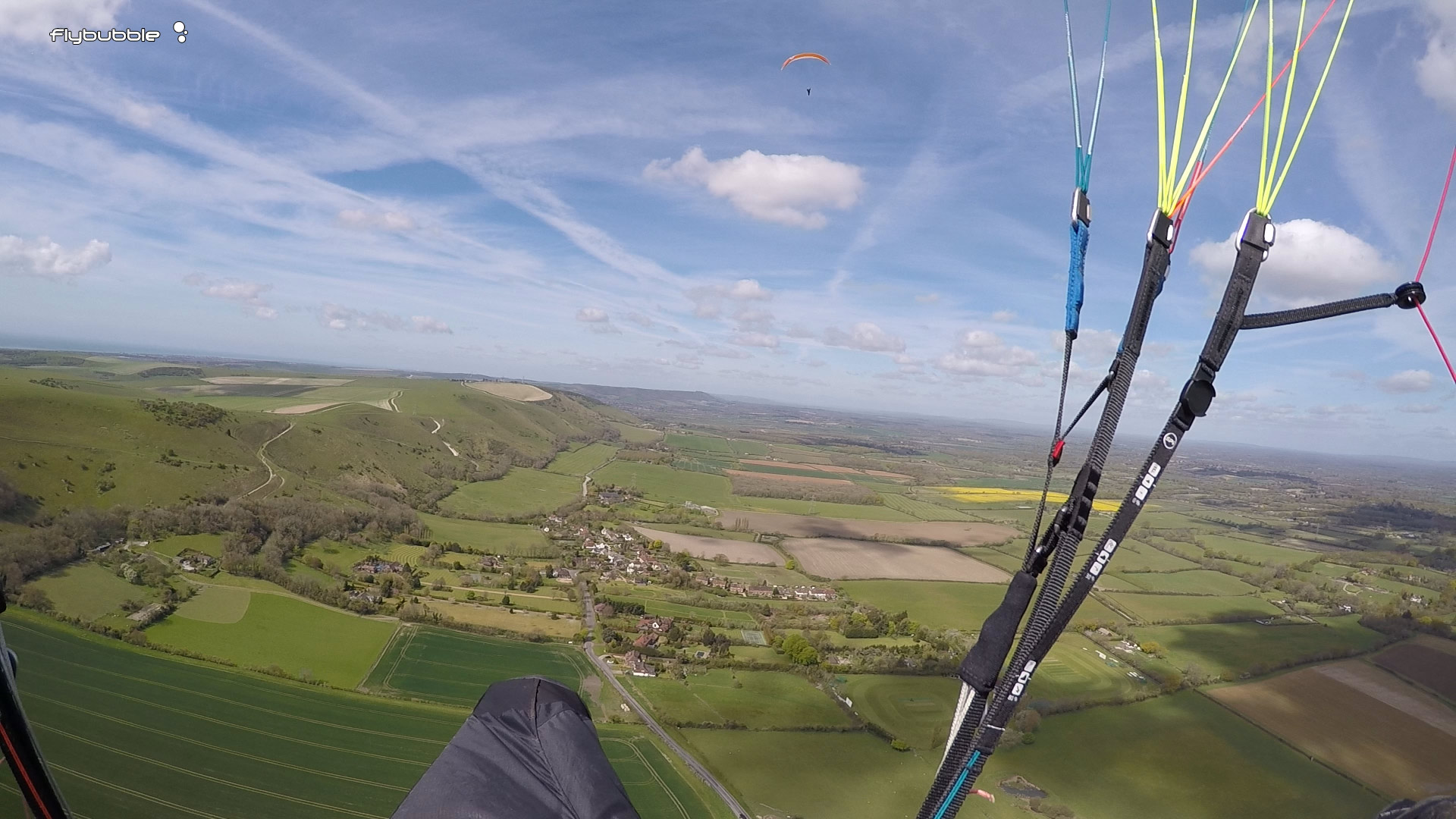
Freedom from distraction
It's so important to fly a wing you trust, one that isn't demanding to fly. A wing that makes you feel like you can achieve great things. There is a combination of handling and security that is just right for you. Get familiar with your wing, play with it on the ground until you're bored, mess around with shorts flights and kiting tricks, do wingovers and swoops and if you can, an SIV. It's all about allowing the wing control to sink into your muscle memory, so the wing becomes a part of you and not something you're thinking about.
The raw performance of the wing is not that important. There are hundreds of choices during a cross country flight, and each one will have more impact on your performance than a wing upgrade.
Fly a wing that is one class below what you think you are capable of handling. This gives you a confidence boost, which will make the difference in challenging conditions and assists the extension of your senses.
.jpg)
Focus upwind in thermals
When I'm working light lift I often push upwind to find a stronger thermal releasing from the same point. This is because lift streams off good sources, and the stronger lift rises more vertically through the wind.
While thermaling, I sometimes push upwind to investigate if the real core is maybe passing me on the upwind side. As you sink through the thermal column, you tend to drop out of the downwind side, particularly in strong wind. So it's useful to elongate your circle on the upwind side, to shift upwind. You can recognise the front edge which is usually a sharp transition from lift to sink.
As you climb towards cloudbase, expect thermals to broaden as various streams join, and the air expands.
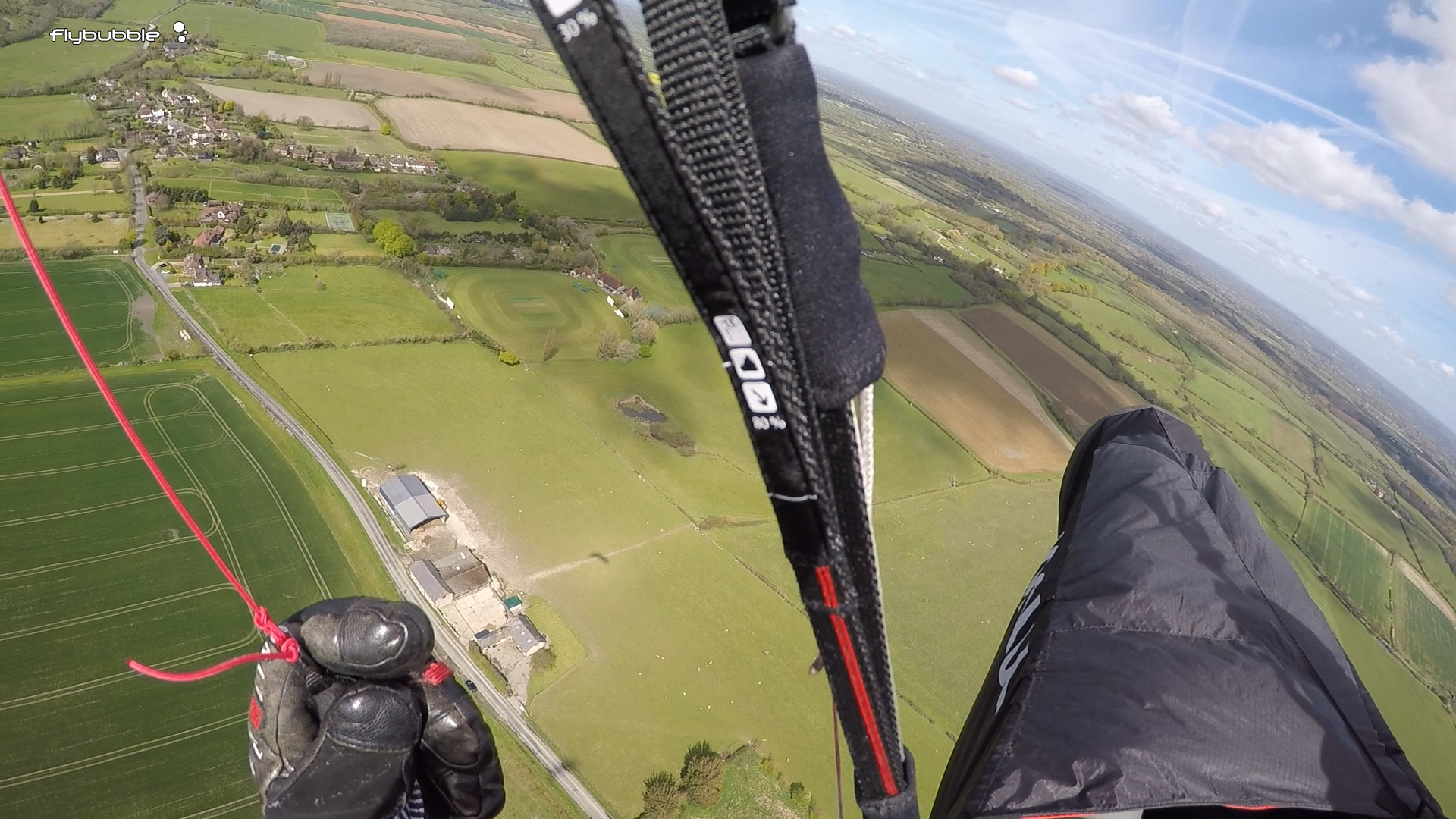
Watch the clouds go by
Following terrain can be useful, but if you have clouds they are more reliable clues. The higher the cloudbase the higher you need to climb to make the glide transitions. Line up the cu with the wind drift and aim for the upwind side. If the lift weakens near cloudbase, don't leave it - go as high as you can go, to ensure you make the first transition.
Speed to fly?
Speed is not important until you're regularly using the whole flying day. If you're flying under 100km, staying up is all that matters. Glide with a bit of speedbar if it's smooth, but don't be in a hurry.
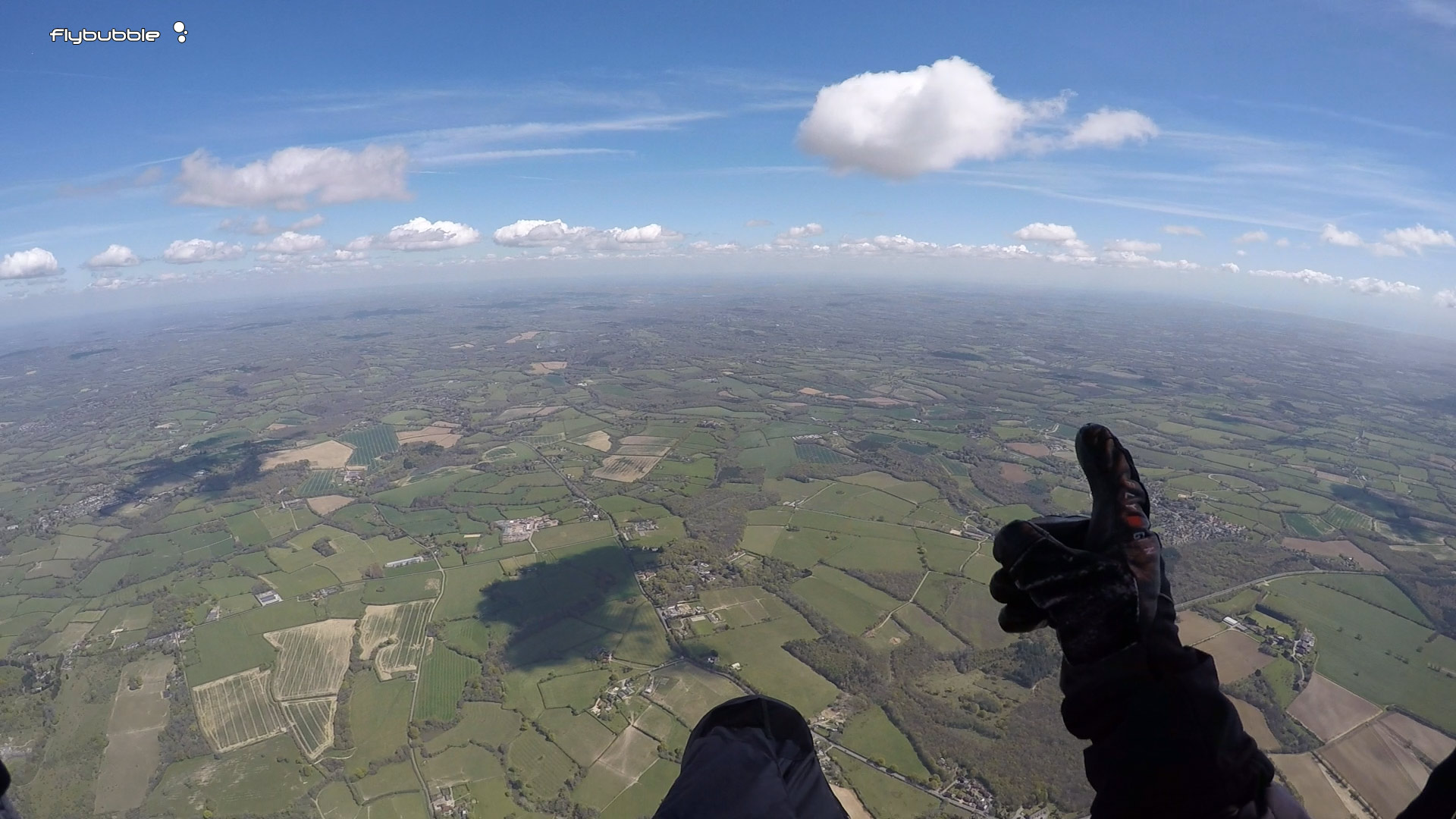
Low saves
Almost every big flight I've seen has a low point where the pilot could have been tempted to give up. It's when that security switch is engaged and things look impossible that we have to be extremely positive in our thinking. Flip on the optimism switch! Make sure there is something landable beneath you, but avoid the 'pub suck' of that perfect lawn beside the station. Thermals come from ground sources; the most likely place you're going to encounter one is near the ground!
Airspace!
This is worth preparing before flying. Look at xcplanner and get an idea of what's in your area. Get the airspace file from soaringweb.org and put it in your instrument, even if it's just a free phone app like XCsoar. Set it up so it's accessible in flight. It's one less thing to worry about. "I would have gone further but I wasn't sure about the airspace": just another one of those little excuses that will flip that switch to 'security' mode and end your big adventure.
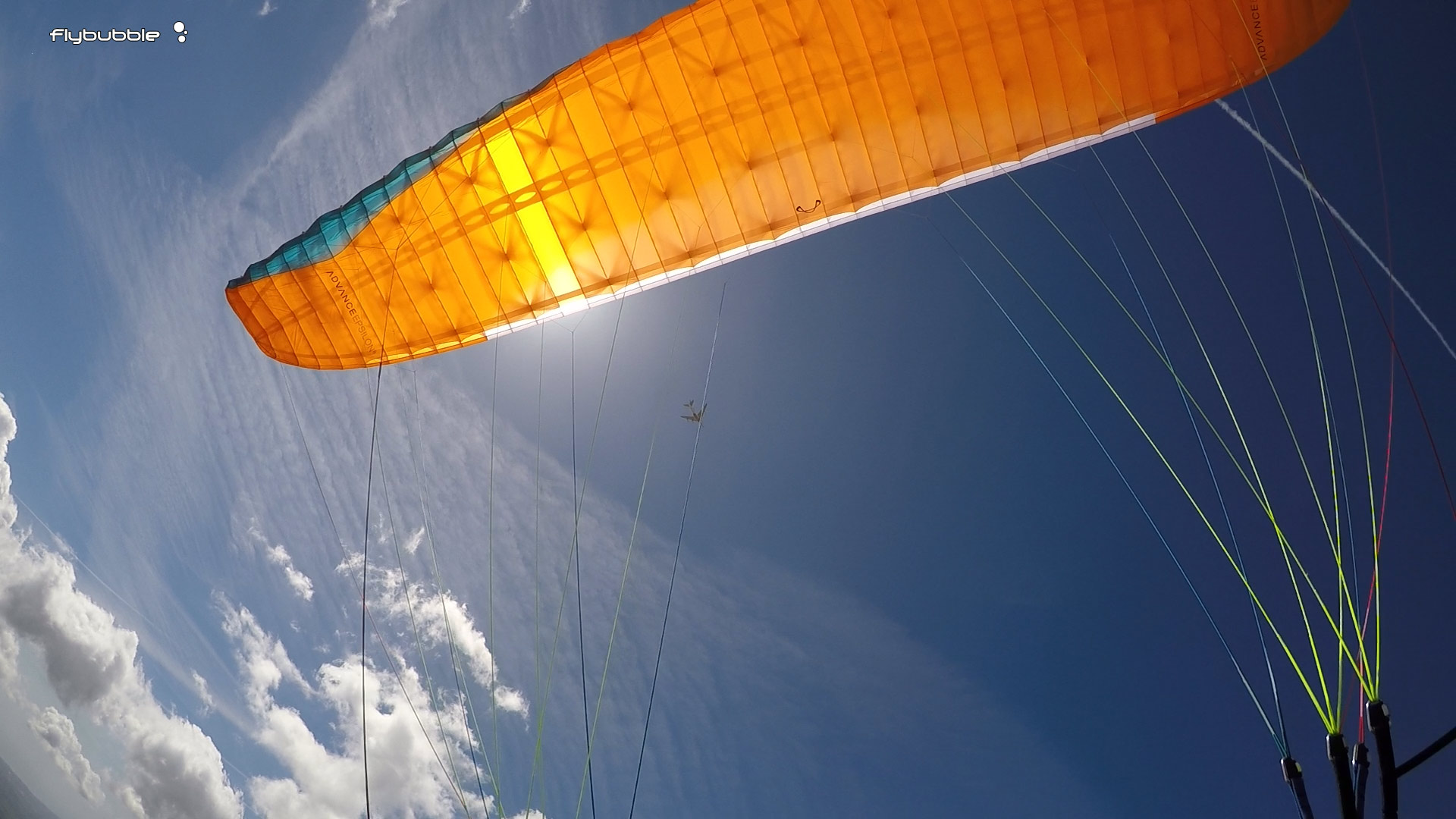
Convergence
When the lift becomes widespread, easy, or more energetic than what you've been used to, slow down and look around. It might be convergence! The good air that you have been using to fly XC thus far is pushing up against another airmass. Expect a wind direction change, a humidity change, some turbulence ... and a glide to the ground if you don't change your track and follow the convergence line.
Live in the moment
The most important part of flying: enjoy the flying. You've spent so much time, money and other resources to get up there. Don't miss out on the precious few moments of bliss by measuring your success in miles. Absorb the scenery, live the moment. The pure enjoyment of flying feeds your soul, and gives you that sense of empowerment that helps you extend your awareness outwards. As you savour the feeling of flight, you become a bird.
Enjoy the flying, and the distance will follow.
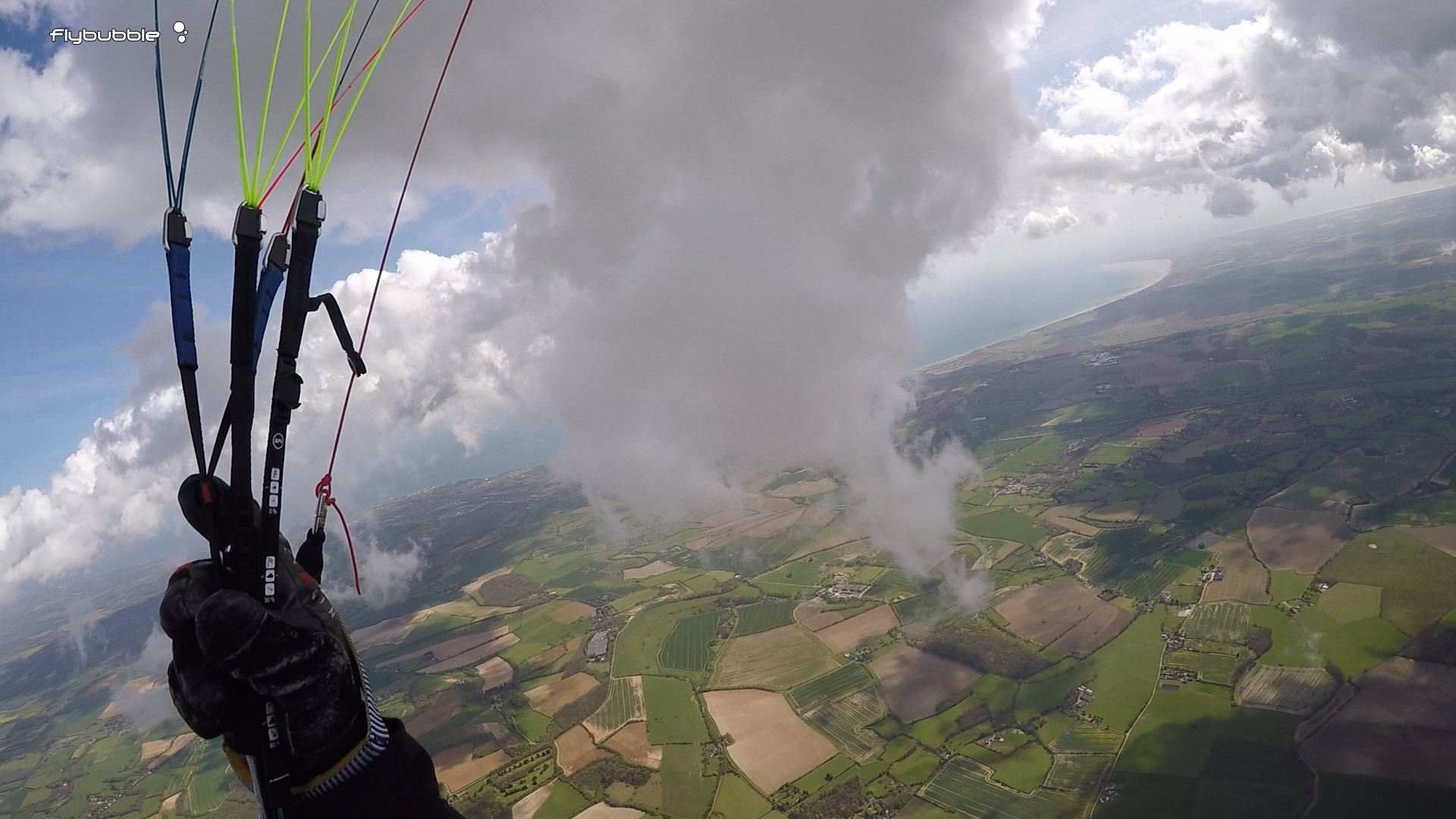
There's more to learn
Yes of course, this article is just the tip of the iceberg. 'How to Fly Cross Country?' We haven't covered even 1% of the knowledge. That's part of the attraction - it's a vast skill, yet it remains deceptively simple too: find lift, and you can fly far.
For more tips on cross country flying, read our Articles and watch our XC Secrets series.
